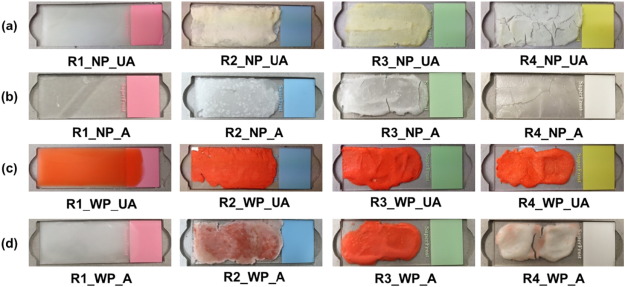
Ancient encaustic: how multi-analytical approach can help knowledge
Within IPERION CH, six research teams have worked together on ancient encaustic. The results of this research are now collected in a scientific article published in “Microchemical Journal”, available online, open access.
Article
R.J. Stacey, J. Dyer, C. Mussell, A. Lluveras-Tenorio, M.P. Colombini, Celia Duce, Jacopo La Nasa, Emma Cantisani, S. Prati, G. Sciutto, R. Mazzeo, S. Sotiropoulou, F. Rosi, C. Miliani, L. Cartechini, J. Mazurek, M. Schilling (2018) ‘Ancient encaustic: An experimental exploration of technology, ageing behaviour and approaches to analytical investigation’ Microchemical Journal 138: 472-487
Abstract
The composition of the ancient wax-based painting technique known as encaustic has long been the subject of debate. Ancient sources provide few details of the technology, and modern understanding of the medium is restricted to theoretical interpretation and experimental observation. In this multi-analytical collaborative study, a number of analytical approaches were used to investigate the physical and molecular properties of a range of experimentally prepared encaustic paints before and after ageing. Analysis using gas chromatography mass spectrometry, Fourier transform infrared spectroscopy (invasive and non-invasive), X-ray diffraction and thermogravimetric analysis demonstrated how differences in the technology of production alter the properties and composition of the medium and showed how these are modified by the addition of pigment and the effects of ageing. Comparison of results from the different analytical techniques highlights the benefit of an integrated analytical approach to the analysis of ancient encaustic paints and the fundamental importance of insights from invasive study to evaluating the results of non-invasive analysis.
Link to the full article
https://doi.org/10.1016/j.microc.2018.01.040
